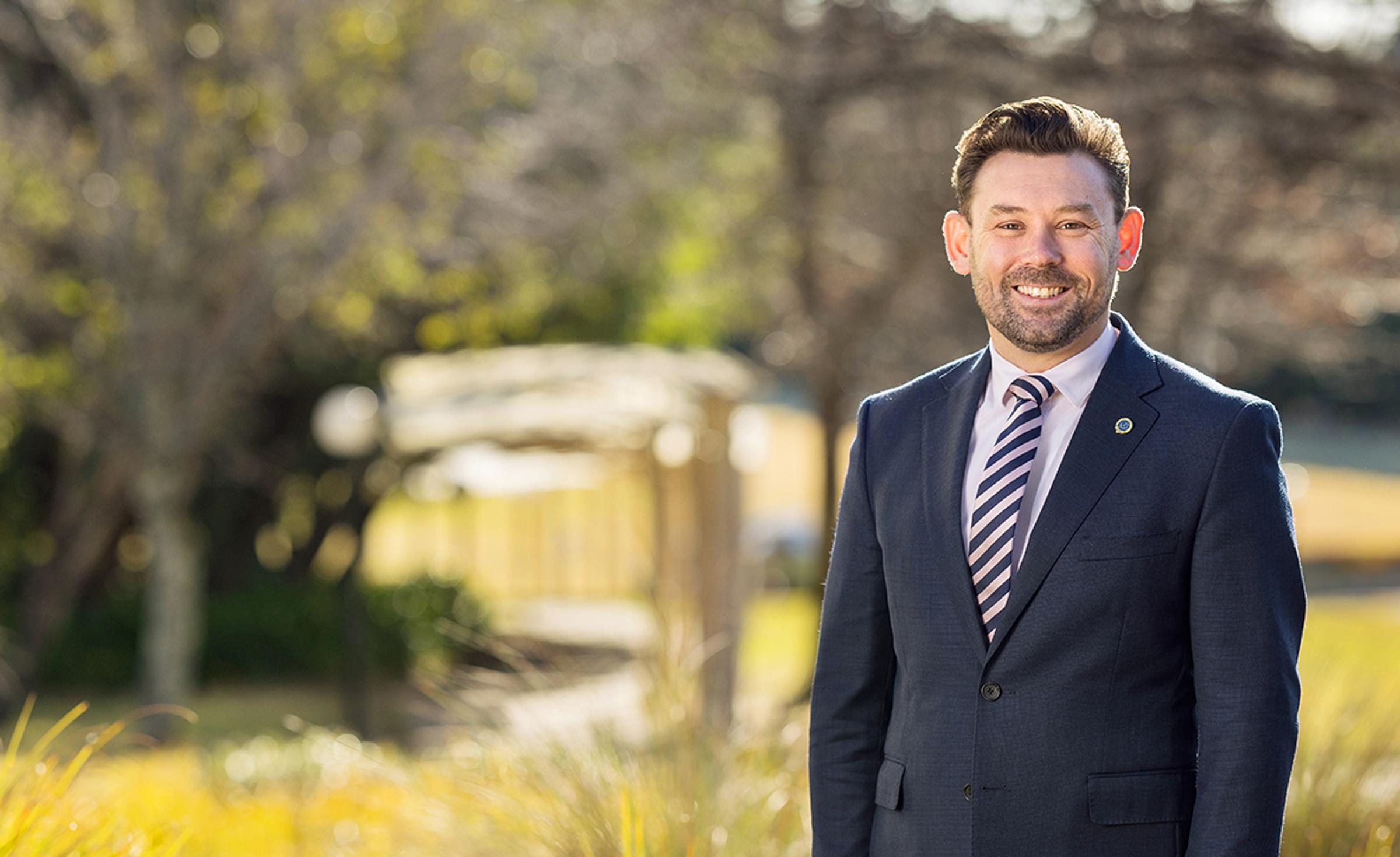From the Director of Innovative Pedagogies

Steering our Own Ship: Self-Determination Theory for Schools
Last week I was lucky to attend the Creative Schools Conference at Sydney University. This conference was designed in part to explore the immense potential that creativity holds in unlocking the full spectrum of human capabilities and how schools must develop a coherent, articulate strategy to address this. One of my key takeaways from the conference was the role that+ schools have in determining their approach to learning, and how what we value implicitly and explicitly speaks to how we see students. Underpinning all of this is organisational self-determination theory (OSDT).
Organisational Self-Determination Theory is a framework that emphasises the importance of autonomy, competence, and relatedness within an organisation, with a focus on how these factors contribute to motivation, productivity, and overall well-being. In the context of schools, OSDT plays a crucial role in shaping the identity and purpose of educational institutions, ultimately enabling them to achieve their goals effectively. In effect, who do we say we are, and how do we show it?
Autonomy is a central tenet of OSDT and pertains to the freedom and empowerment given to individuals or groups within an organisation to make decisions and take actions that align with the organisation's mission and values. In schools, autonomy translates into allowing teachers, administrators, and students to have a voice in decision-making processes, curriculum development, and teaching methodologies. When schools foster autonomy, they create a sense of ownership, agency and responsibility among stakeholders, leading to increased engagement, creativity, and innovation. Giving teachers permission to do this is a key role for the school leadership, as there is often the question, ‘what comes first, creativity or agency?’ Of course, it is creativity, we just need to give teachers the space and permission to use this and breathe excitement into learning.
Relatedness in learning emphasises the importance of meaningful connections, collaboration, and a sense of belonging within an organisation. In schools, fostering relatedness involves building strong relationships among educators, students, parents, and the broader community. When schools prioritise relationships and create a supportive environment, they cultivate trust, mutual respect, and a shared sense of purpose, which are essential for achieving collective goals and addressing challenges effectively. One of the conference presenters, Professor Pat Thompson referred to this as leading a care-FULL, creative school.
Currently at Blue Mountains Grammar School we are in the process of developing our next school Strategic Plan. For us to achieve our goals, it is essential to first carve out our identity and purpose. This involves clarifying our mission, vision, and values, as well as identifying our unique strengths, challenges, and priorities. By establishing a clear identity and purpose, schools create a cohesive framework that guides decision-making, resource allocation, and strategic planning efforts. Big questions to ask at the moment are:
- What do we want to be known for?
- What would be lost if Blue Mountains Grammar School didn’t exist?
- How are we co-designing the future with students, families and the broader community?
The late Sir Ken Robinson spoke about organizational self-determination theory as a combination of four elements: economic, cultural, personal and social. The emphasis we choose to put on each of these elements, how we include them deeply in the day-to-day of work and how we hold them up publicly reflect who we are and what we stand for. As we continue to look at the future and how we want to steer our own ship I trust that it is into places of wise creativity, contributory leadership and risk-taking.
Mr Christopher Sanders
Director of Innovative Pedagogies
